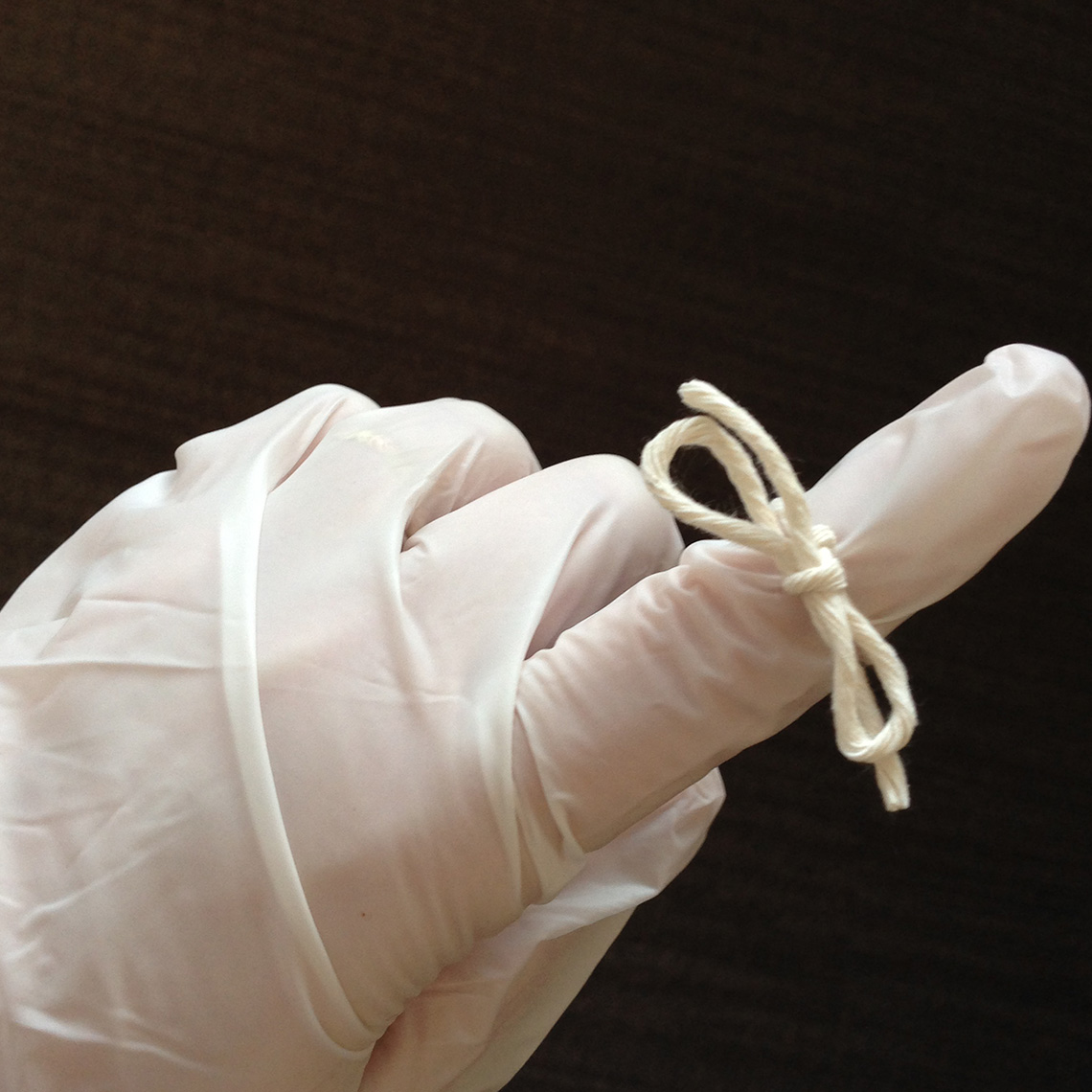Newsletter
Understanding Emerging COVID-19 Claims
Nov 05, 2023
To say the COVID-19 pandemic ripped open the cracks in the health care system would be an understatement. Systemic inequities, insufficient staffing levels, material and PPE shortages, and communication breakdowns were just a few of the many pressures the pandemic applied to an already overburdened structure.
Because of the countless unknowns and strains on the health care workforce, administrators and providers knew COVID-19 malpractice cases would be inevitable.1 Now, more claims are rising to the surface almost four years after the pandemic took root.
Even though various federal, state, and tribal level laws provide liability protections during crises, especially when states and facilities adopt “crisis standard of care” plans, these protections do not cover an organization’s lack of preparedness for a catastrophic event or proven cases of willful misconduct, gross negligence, or bad faith.2
Candello recently analyzed roughly 600 claims listing COVID-19 as a contributing factor: either as a primary diagnosis or as having an impact unrelated to the presenting diagnosis. The analyses demonstrated that nursing providers may be the most vulnerable in COVID-19 claims as 39 percent of the claims identified nursing as the responsible service. RNs and LPNs were the most frequently seen roles within the nursing team involved in these cases.
The failure to monitor a patient’s physiological status was one of the most common allegations and the most cited allegation in this set of nursing cases related to COVID-19. Failure to ensure patient safety (falls and other safety risks), and improper management of treatment course were among the other top allegations in the nursing cases.
The care in question occurred most often in an inpatient setting regardless of the responsible service named in the claim. Notably, 91 percent of claimants in nursing cases were inpatients. Reflecting this trend, inpatient COVID-19 cases drive the overall cost in cases regardless of the responsible service named in the claim.
These findings may come as no surprise considering changing treatment protocols, isolation requirements, high-stress environments, and the unprecedented prevalence of provider burnout during the height of COVID-19.3
As the pandemic wreaked havoc in every facet of the health care system, new and innovative structures can be built out of the rubble. Insights drawn from COVID-19 malpractice claims offer providers and administrators targeted solutions to improve patient safety, protect providers, and better prepare an organization during a public health emergency.



References
1. White RE Jr. Malpractice claims from the COVID-19 pandemic: More questions than answers. The Doctors Company . Published June 8, 2021. Accessed October 19, 2023. https://www.acc.org/Membership/Join-Us/Benefits/Additional-Member-Only-Benefits/ACC-and-The-Doctors-Company/The-Doctors-Company-Updates/2021/06/08/14/04/Malpractice-Claims-from-the-COVID-19-Pandemic-More-Questions-Than-Answers.
2. Levin D, Hodge JG Jr, Wetter S. FAQ: Crisis standards of care and health provider liability. The Network for Public Health Law. Published March 23, 2020. Accessed October 24, 2023. https://www.networkforphl.org/resources/faqs-crisis-standards-of-care-and-health-provider-liability
3. Linzer M, Jin JO, Shah P, et al. Trends in Clinician burnout with associated mitigating and aggravating factors during the COVID-19 pandemic. JAMA Health Forum. 2022;3(11):e224163. doi:10.1001/jamahealthforum.2022.4163
Recent Issues
No Surgical Items Left Behind


Safety Nets for Safer Care


